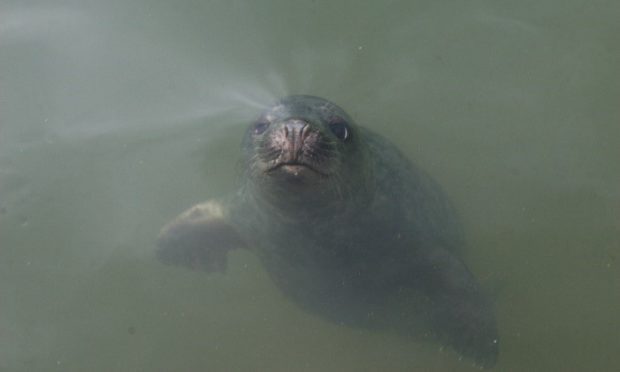Dr Doolittle may have been able to talk to the animals and it has emerged grey seals could have chatted back.
A St Andrews University study has determined they can copy human speech and songs. and one even managed parts of Twinkle Twinkle Little Star.
The clever mammals use the same sound production mechanisms as humans, it has been revealed.
The study, published in Current Biology, found seals could be used to study speech disorders.
Researchers Dr Amanda Stansbury and Professor Vincent Janik, of the Scottish Oceans Institute, monitored three young grey seals from birth to determine their natural repertoire.
These seals were then trained to copy new sounds by changing the parts of human speech sounds which encode most of the information we convey to each other.
Zola, one of the seals, was particularly good at mimicking melodies played to her, copying up to 10 notes of songs such as Twinkle Twinkle Little Star and other popular themes.
Two other seals were taught combinations of human vowel sounds that they copied accurately.
Dr Stansbury, who now works at El Paso Zoo in Texas, said: “I was amazed how well the seals copied the model sounds we played to them.
“Copies were not perfect but given that these are not typical seal sounds it is pretty impressive.”
She said the study demonstrated the flexibility of seal sounds, where previous investigations only provided anecdotal evidence.
Professor Janik added: “This study gives us a better understanding of the evolution of vocal learning, a skill that is crucial for human language development.
“Surprisingly, non-human primates have very limited abilities in this domain.
“Finding other mammals that use their vocal tract in the same way as us to modify sounds informs us on how vocal skills are influenced by genetics and learning and can ultimately help to develop new methods to study speech disorders.”









